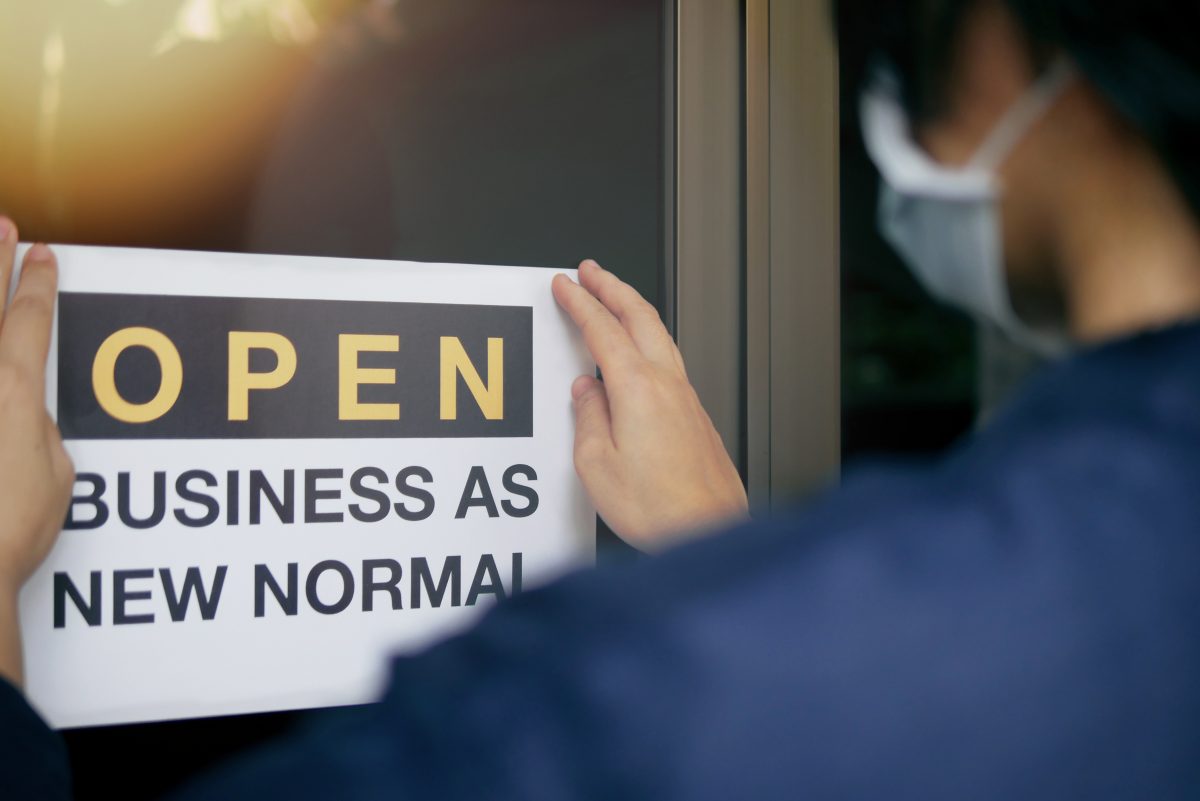“Which function in your organisation has the most touch points and the highest customer trust?”. Here I go again, preaching to the choir. You know where this line of thought is going. Today I want to voice a different tune. I don’t want to highlight what sets Sales and Service apart, but I want to find the common ground. Because we need each other for the sake of organisational survival and growth.
The Ugly Truth
A couple of years back I chaired the Copperberg After:Market event. In my closing remarks I provoked the audience with the word “after” in “after-sales”. Is service an afterthought? A big NO came from the delegates. Though the word “after” triggers quite some emotions and hits some nerves, let me share an ugly truth with you: after-sales does not exist without an initial sale! Service will not replace sales. Service should not compete with sales over margin contribution. Both sales and service have a role to play in customer value creation throughout the life cycle of a product. The product becomes the carrier of value creation.
Contributing Centre
So, I’m not going to ask you to raise your hands by asking if your service organisation is either a cost-centre or a profit-centre. We now agree that you are a contributing centre! Agreeing on this nomenclature is key to collaboration with sales for two reasons:
- In a head-to-head battle with sales, sales will claim ownership of the revenue play. You don’t want this. You want a joint role and responsibility in revenue generation and margin contribution.
- More conceptual, if Service were a true profit centre, Service would have had the organisational and budgetary mandate to sustain and grow service revenue. Practically all CSO’s I’ve met have a budgetary mandate up to 2,500 dollar, pound or euro. That’s not enough to drive your own margin and revenue destiny. So, maybe it is better to have Sales co-funding your new Service tools. In return you share your customer trust and high quality touch points with Sales.
Handshake
This handshake, this collaboration between Service and Sales can be explained using the technique of Causal Loop Diagrams[1](CLD).
At last year’s Maximize we did a Technician survey and asked what motivates them. In short, most technicians want to be a hero on site. With that status they create customer trust. As a result, they get high quality and contextual feedback.
What happens when technicians can’t share that information, or get a feeling that their insights are not actioned? No, this is not a rhetorical question. Ah, your organisation has an incentive scheme to encourage technicians to create leads. Does it work? Do salespeople take leads from the service domain seriously? Do service people know how to deliver leads on a silver platter?

Yes, technician insights have the potential to create more and better leads. The service domain is also a repository of information to develop new services. Services that include the voice of the customer. Services aligned with your customers use cases.
As a salesperson you would make a great impression on your customer when you display your ability to listen. That you proactively use the feedback shared with the technician. Not only will your propositions be better, also your customer will feel genuine interest and attention.
The killer feature in this Causal Loop Diagram is the reinforcement towards the technician. A reinforcement that outweighs any financial incentive scheme you can devise. Imagine how the technician feels when he/ she gets feedback that his/her discovery and insights have made a difference. A feedback coming from two directions. Firstly, the salesperson who confirms the use of the feedback. Secondly, the customer confirming that their previous conversation was actioned.
Closing the loop adds to the technician’s empowerment and his/ her increase in hero status. Guess what, next cycle this technician and salesperson will even contribute more to your bottom line.
A Groundhog Day experience
Does it really work this way? In 2016 we trialled this causal loop with more than 60 chief service officers. The results were published in Field Service News in a piece called Demand generation: A Groundhog day experience. Do share with us what your experiences are. Happy & collaborative hunting.
[1] Business Dynamics, systems thinking and modeling for a complex world, John D. Sterman, McGraw Hill 2000
This article is published in ServiceMax Field Service Digital on January 26th, 2021















